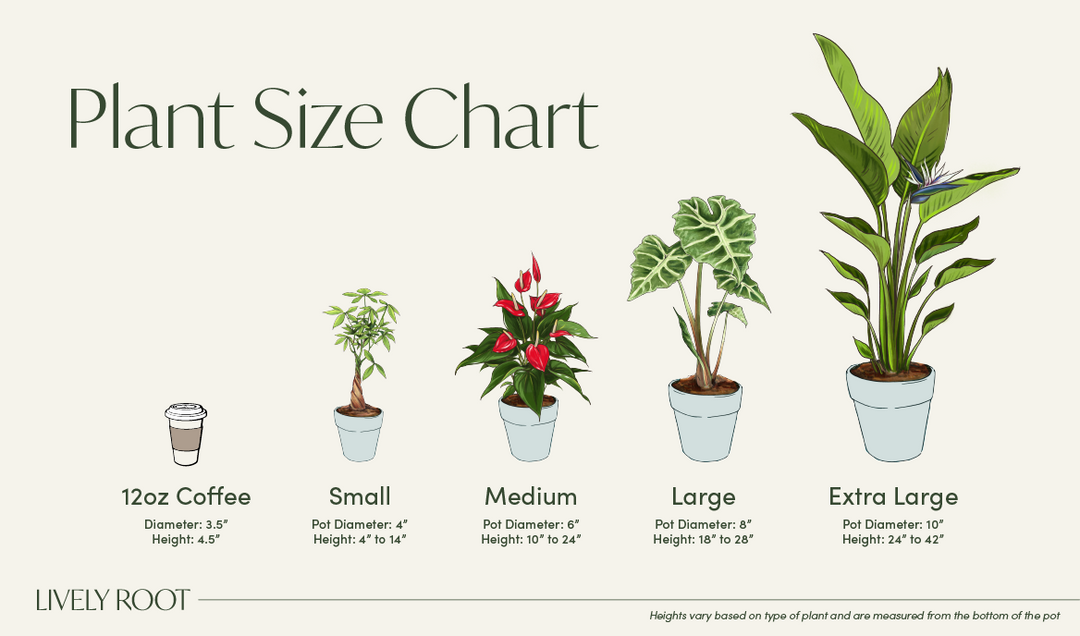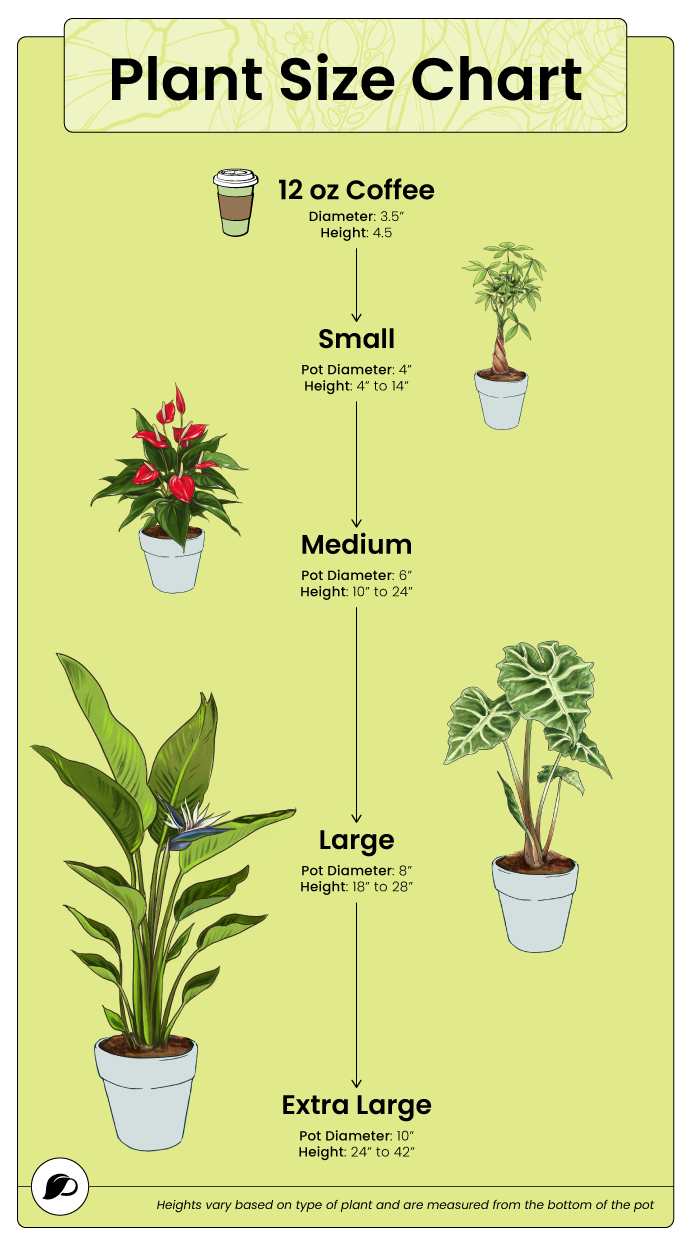Care Level: I'm Easy
Pet Friendly: Warning
This plant is pet safe!
Origins: South Africa and Swaziland
Fun Facts: This plant is oft...
This plant is often a favorite bonsai plant.


What can be added to fresh salads or used to flavor a stew and often eaten by elephants. The Elephant Bush of course! Who knew? While you may want to nibble his leaves, you'll enjoy his structure while sitting him in a bright indirect light. He's not much trouble since he likes to dry out between waterings!
Care Level: I'm Easy
Pet Friendly: Warning
This plant is pet safe!
Origins: South Africa and Swaziland
Fun Facts: This plant is oft...
This plant is often a favorite bonsai plant.



This plant prefers bright, indirect light on an eastern or southern exposure.
Water infrequently in well draining soil.
Keep your plant in higher humidity at an average of 50% or more.
Keep this plant in temperatures above 60°F since it is high in water content. Lower temperatures will damage the plant.
Fertilize 2-3 times during the growing season
When receiving this plant, do not repot immediately but wait at least 6-12 months or if the roots are beginning to get crowded and growing through the drainage holes.
Wearing gloves, repot in the spring, using a 2 inches bigger pot to keep the roots drier. (Too big of a planter could cause the soil to dry slower.)
Place a piece of screening at the bottom of the container over the drainage hole to secure the soil and allow it to drain. Use succulent and cacti mix with perlite to help with drainage.
Water your plant in the old pot before transferring over and let it sit overnight.
Add well-draining interior potting (cacti and succulent) soil to the bottom to elevate the root ball. Lift the plant and release the roots against the existing planter. Use a clean knife or garden trowel to wedge between the pot and the soil to loosen.
Inspect the root ball. Notice if there are any dead or rotting roots and trim them off with sterile pruners.
Ensure the plant is sitting about 1 inch below the edge of the pot to avoid water spillage. Add more soil and backfill around the sides by tamping down. Fill up to the soil line but not over.
Do not water again until the soil is registering three on the plant meter.
Wait a month to fertilize after transplanting to avoid the roots potentially burning.
If soil settling occurs after watering, add more periodically but do not cover the trunk above the surface.
Shower your Elephant Bush with a garden watering can with bottled or distilled water to clean the leaves from dust and debris.
Take a stem cutting between 3-4 inches long with leaves attached with sanitized pruners.
Allow the wound to heal (dry). Set it in a dry, warm spot to callous over.
Use a pot with drainage. and place the stem 1-2 inches down into a potting mixture of half and half vermiculite or perlite and succulent and cacti soil mix.
Keep the soil slightly damp while the cuttings root. (Expect 6-8 weeks for roots to establish.
After rooting, treat it as you would a succulent plant normally and let the soil get almost dry between waterings.
You can grow it outdoors if you live in a warm climate that occasionally dips to no lower than 30 degrees Fahrenheit. If you live in a colder climate, you can grow elephant bush as an easy-care houseplant.
Follow us @livelyroot & show us your #livelyroot plants

